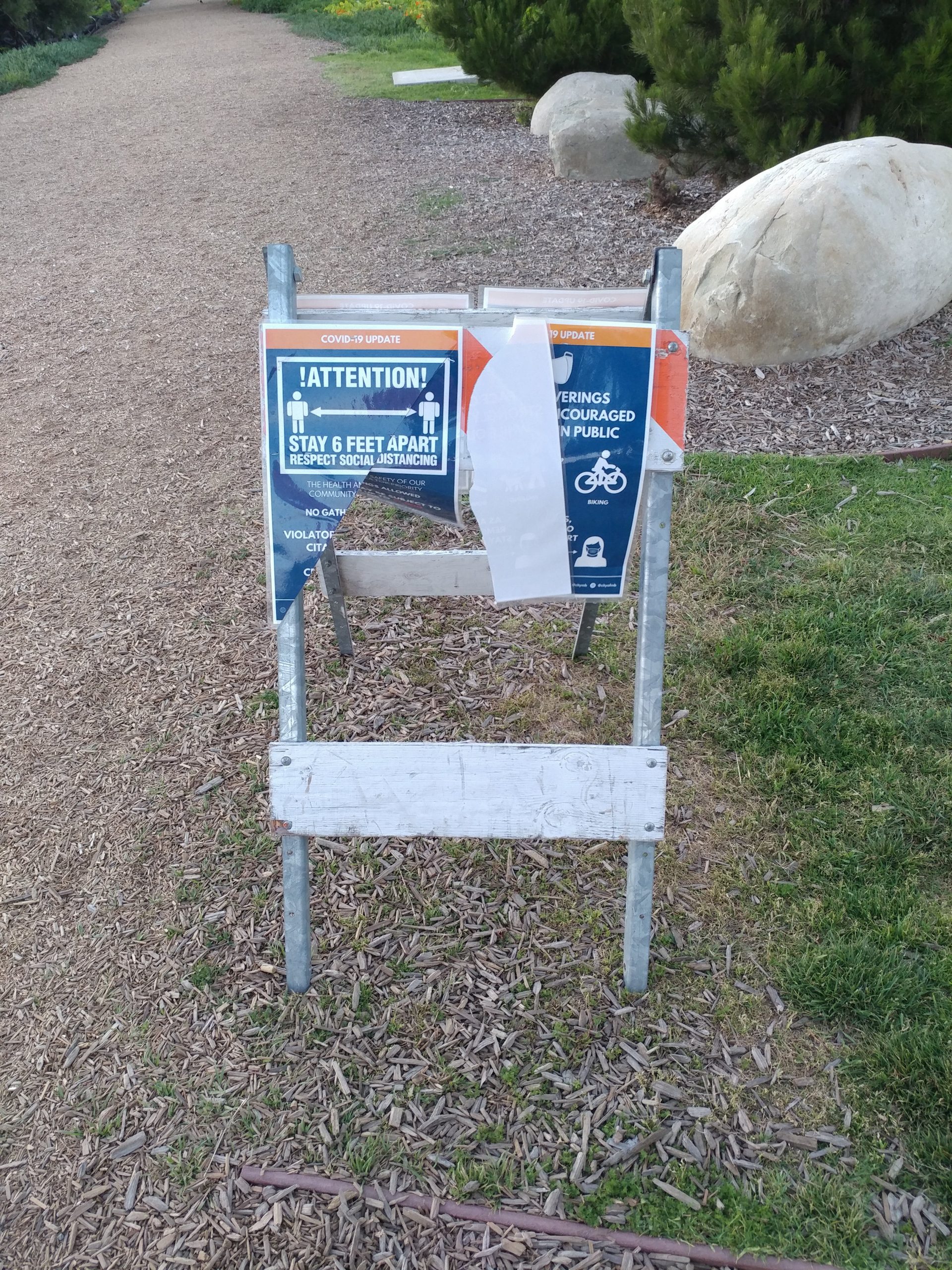The online astronomy office hours from the UofA continue apace. Every week Prof. Chris Impey answers ex tempore a mix of questions from planetary science to the fate of the universe from a thirsty audience across the globe. A large Indian contingent stays up until the wee small hours of their morning to join in. Part of the fun is pausing the video and trying to figure out the answer from basic considerations before resuming. It is fun to be right but more instructive to be wrong. I’ve been moved to send in three questions over the past couple of sessions and all have been answered.
- When in relation to the Big Bang did dark matter originate?
- There is a surprising correlation between supermassive galactic black hole size and the population of old stars in a galaxy. Can telescopes now resolve individual stars in distant galaxies well enough to distinguish old from new to establish this connection?
- Observational results come from the successful. How do astronomers get precious telescope time?
Youtube Channel: Astronomy State of the Art
